 by mac Sat Apr 04, 2015 4:54 pm
by mac Sat Apr 04, 2015 4:54 pm
Now let's examine what it takes to make our model bow be a model crossbow. There are two things that separate hand bows from crossbows. The first symmetry, and second is strength.
Let's begin by addressing symmetry. A crossbow's bow/lath/prod is bound to the tiller. As such, there must always be some tiller material between the bow and the bolt. In an ideal universe, the string would travel along the top of the tiller and barely touch it. In a real (traditional crossbow) world, this in not possible. The string will have to press against the top of the tiller to some degree, and that will rob us of performance by turning stored energy into friction and throwing it away as heat. Still, we have to do what we can to minimize the amount of pressure the strings places on the top of the tiller.
If we take a "normal" symetrical sort of bow and bind it to the tiller at an angle, we can do a lot about the string pressure. If the bow is attached at such an angle that the nocks are level with the top of the tiller when the string is drawn to the nut, we have reduced the string pressure in the early part of the release to virtually nothing. In many traditional crossbows, this is practiclly the only thing which has been done to reduce the string friction. Many early and "primitive" wood bows, as well as virtually all of the horn and sinew composites, are essentially symmetrical.
Angling the bow helps reduce string friction as the string leaves the nut, but by the time the bow has returned to its brace position, the string is very noticeably and heavily pressing on the tiller. The way to make progress against string friction late in the "power stroke" is by making an asymmetrical bow.
In our earlier models with tapered limbe, I did not specify how the limbs were to be tapered. Let's think about that now. If, when tapering the width of a bow limb, we take all the material off the bottom, we have effectively moved the nocks up. When the bow is bound in, the nocks will be closer to the level of the top of the tiller. This will help some in reducing sting friction in general, and string friction late in the power stroke in particular.
We could theoretically carry this further by making the upper edge of the bow concave and by so doing bring the nocks up even higher. Thus the planform of the bow would have a sort of "smile". We see this to a greater or lesser degree in historical steel bows. Unfortunately, there are limits to how much of this sort of correction we can employ. The greater the "smile" the more force trying to twist the bow in its bindings.
Lets imagine a symmetrical bow which is bound in at such an angle that its "draw plane" passes through the middle of the bow and the fingers of the nut. That is to say, when the bow is drawn, there is nothing trying to twist or rotate the bow in its axis. Thus, at full draw, the bow is quite stable in its bindings. After the shot, when the string has come to rest at its brace height, there is a certain amount of deflection of the string from the draw plane. This effectively tries to lift the bow tips up, and the result is a small twist around the bow's axis. This twist wants to rotate the upper edge of the bow away from its seat in the tiller. The force is small, though, and causes little trouble.
If we employ a smiley planform, we raise the nocks with respect to the top of the tiller. This reduces the pressure of the string on the tiller and its resulting friction, but this gain comes at a cost. At when the bow is drawn, there is a force trying to make the upper edge of the bow press harder into its seat than the lower edge. The greater the smile in the bows planform, the greater the twisting force at the bow seat when the bow is drawn.
The effect of this twist on the bow seat will be different for metallic and organic bows. Metallic bows are quite flat across the belly and so long as the bindings remain tight, the bow is unlikely to twist in its seat. However, if it does twist, the wood of the seat is likely to become compressed by the edges of the bow and accuracy of the bow-tiller fit will decline. This can lead to a vicious cycle, where the fit gets worse and the bindings get loose with increasing rapidity.
In bows made of wood or other organic material, the problem is different. The bellies of these tend not to be so flat, nor the corners so square those of metallic bows. This makes it more likely that the bow will yield to these twisting forces and become damaged as it gets wrenched back and forth in its seat. I think this is why we see less "smile" in wooden and composite bows than we do in steel ones.
There is also a potential problem with this twisting force effecting the limbs themselves. If there is a significant twisting force on the limbs when the bow is spanned and the limbs are highly stressed, there is a chance that the additional stress of the twist will exceed the bow's design capacity. The limbs might deform permanently or even fail. Even if the bow remains within its elastic limits, there will be an untwisting of the limbs which accompanies the release. This may lead to osculations of the limb tips outside of the draw plane. The results are likely to be reduced accuracy, unpleasant vibrations, and increased wear an tear on many parts of the crossbow.
Mac







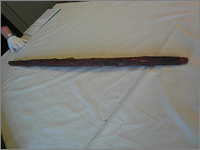
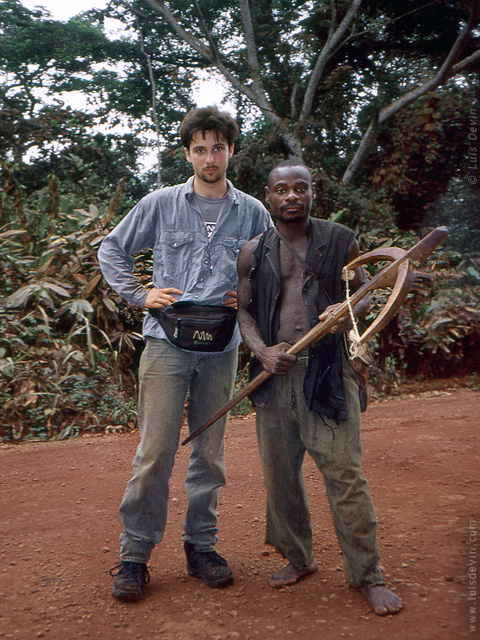
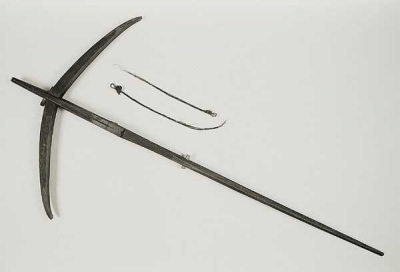







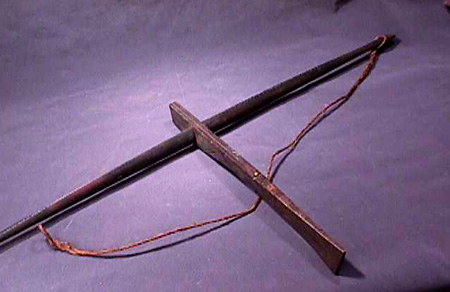
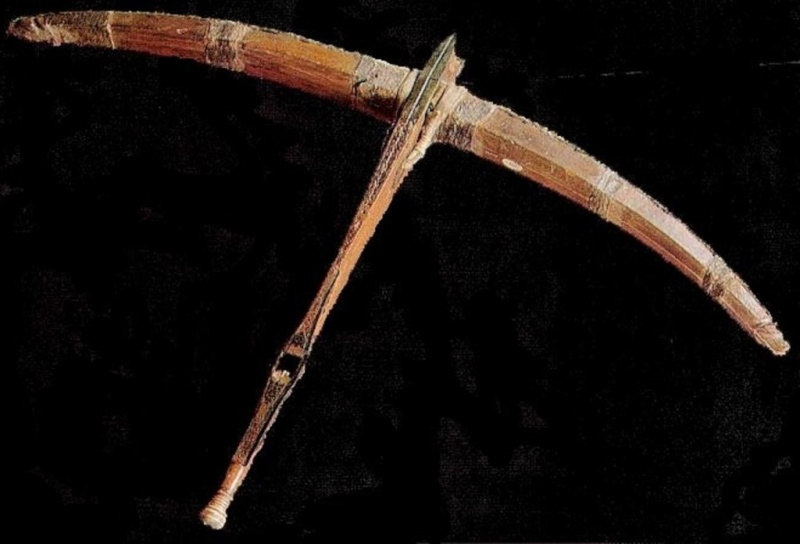
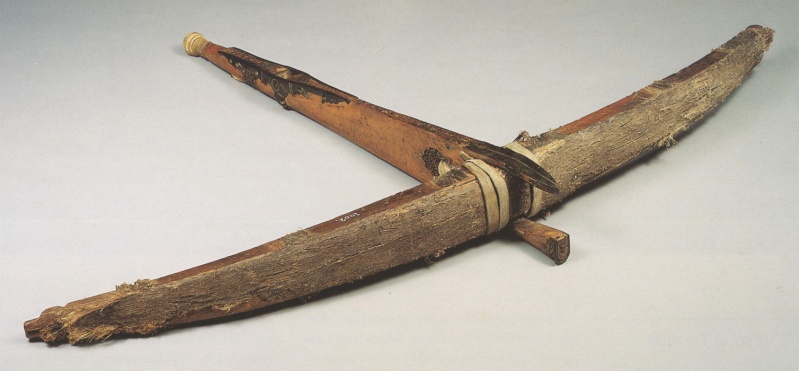
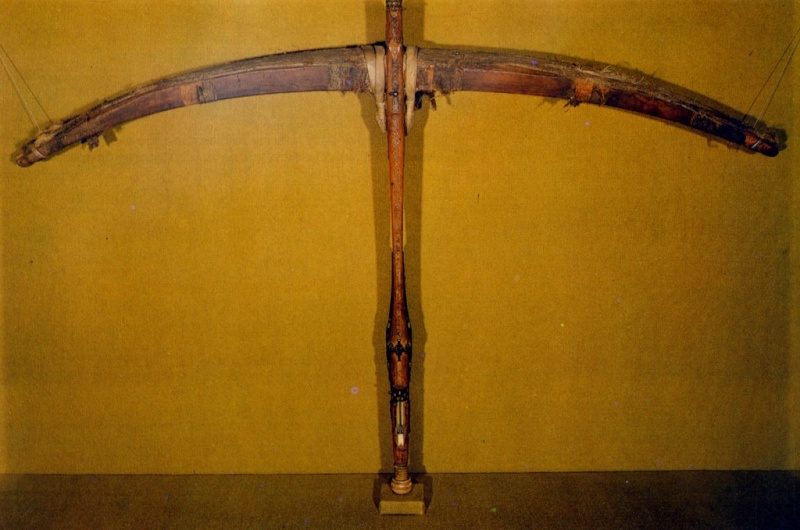
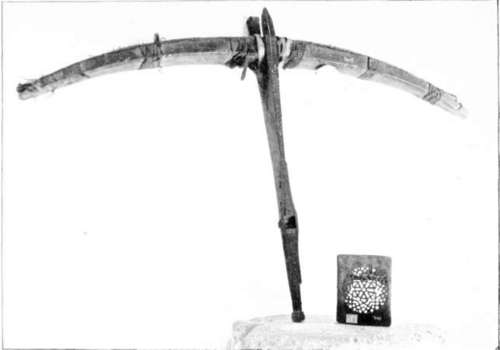
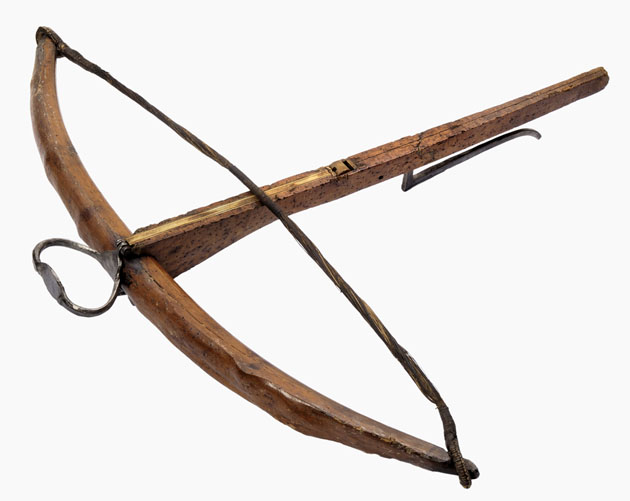

 Private messages
Private messages